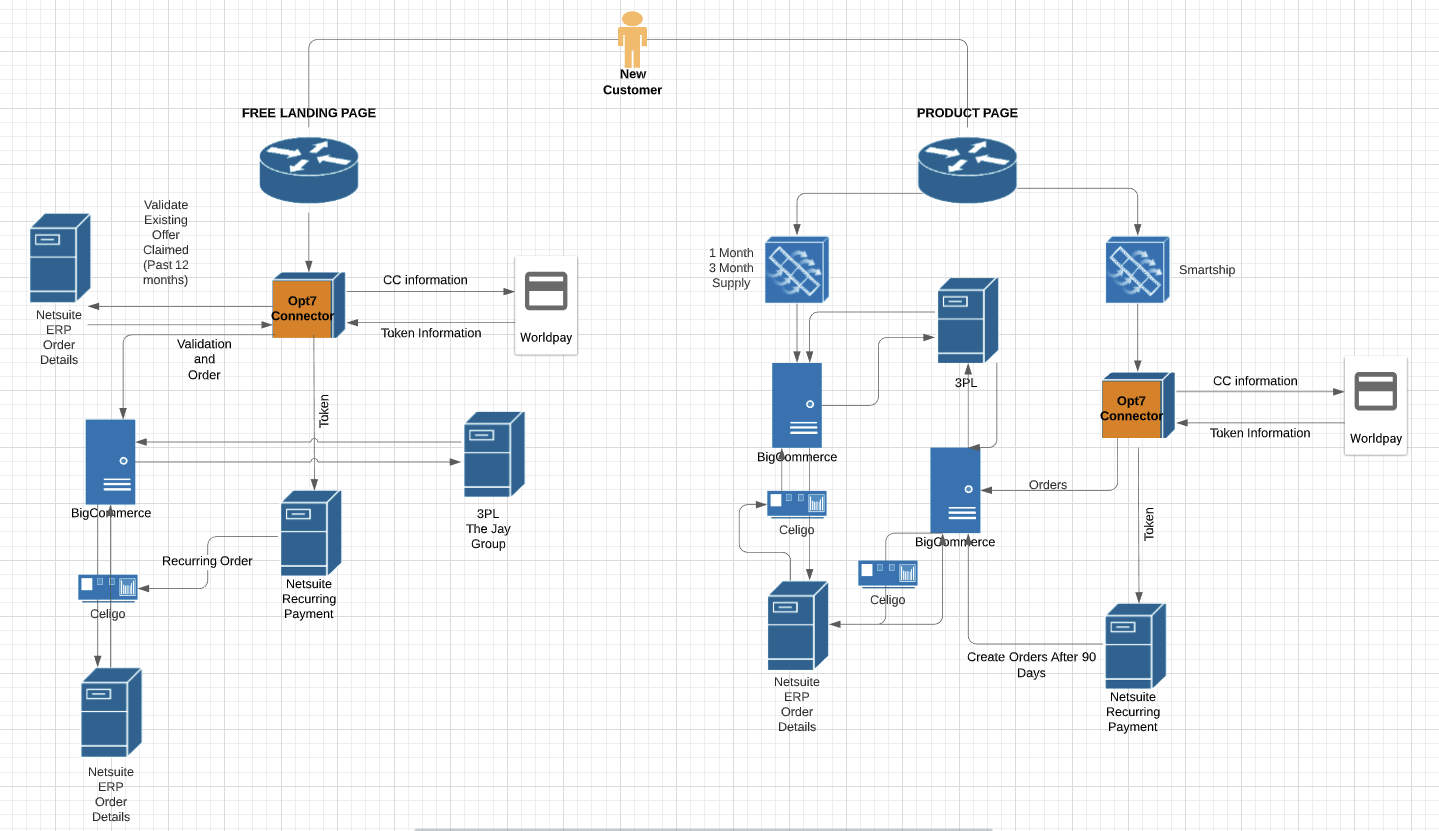Many manufacturing, industrial, or machinery B2B businesses are setting up online stores. Thanks to recent events, they have to go remote. That means updating their website. Whether you are B2B or B2C, customers are now online.
A huge B2B eCommerce movement has taken over. These companies are used to working in a specific manner: running their salesforce through phone calls and coding systems. This standard has changed.
Choosing the Right B2B eCommerce Platform
What is the first step if you are an industrial B2B business and trying to go eCommerce?
The first step is to find the right platform for your business. Many of these industrial manufacturing sites have hundreds of thousands of product SKUs.
An average eCommerce platform will not suffice. You’re going to need an enterprise-level storefront that can actually handle the amount of not only product SKUs, but the volume that you’re probably moving as well. Identify if an enterprise-level platform can accommodate the size of your business.
Performing Analysis: Getting it Right the First Time
What is the problem if you don’t conduct an analysis?
Many industrial B2B businesses come for a consultation. They worked with another agency and the expert did not know what structure to build. The expert changed their entire system to function on WooCommerce, without giving any thought to scale.
Twenty-million dollar businesses have gone from advanced cold fusion or custom PHP structures to WooCommerce with 20,000 to 30,000 products. As a result, migration doesn’t work. Know what kind of structure you need.
Root Domain vs Subdomain: Which is Better for B2B eCommerce Companies
Usually, if you’re a heavy B2B venture — which means the B2B is more than sixty percent of your business — your front end, which is your www, should stay as a CMS. Don’t change that. The marketers recommend that you build the eCommerce aspect of your business on a subdomain.
When it comes to B2B, you have your product or customer base. With a loyal customer base, your sales team already has them on speed dial. However, if you’re trying to penetrate a market or increase your visibility, you should house your entire eCommerce operation under one roof and domain respectively.
It varies. If you’re a really well-established industrial manufacturer, you already have these distributors and these guys on speed dial. It’s actually going to be a lot easier for you to move forward, building that out, and it’s not going to be as technical.
However, if you’re just starting to manufacture a new product, a new invention, or maybe even a new industry, that’s eventually going to scale. House the whole system under one roof.
In terms of an eCommerce or a B2B eCommerce structure, you have to make sure, it really depends on the objectives. If you’re trying to really go online and just kill it online and do new client acquisition like you’ve never done before, it makes sense to put everything into your www, or it makes sense to move to a platform that handles that B2B structure.
Scaling B2B eCommerce Website Technology and Sales Processes
The backend side, operationally, is fascinating. Some B2B businesses run enterprise ERP systems or inventory management systems that do not have APIs. They are shipping from five different locations and warehouses, and want to use a centralized shipping manager.
How do you group this all together? What kind of consulting do you need to provide to these B2B businesses so that you have them set up the right way to scale?
Many industrial manufacturing clients are using prehistoric ERPs, prehistoric even sometimes CRMs that aren’t even cloud-based. They run specifically on desktops.
One IP is impractical. How are you going to integrate that technology with anything that you’re doing outside of that office? It’s impossible. You’re limiting yourself tremendously.
The marketers will consult you not only from an eCommerce aspect but also about your entire workflow, how you’re entering these leads into our CRM, how you’re utilizing your ERP or your inventory management system, They also analyze whether each and every technology communicate with one another.
That comes down to starting off with the right platform. It requires capabilities to even API out and communicate properly with all of these third-party tools that you’re going to be using. The tools will make your business possible and your business scalable.
Why?
At the end of the day, entering leads and sales manually is not a scalable solution. At the same time, no communication back and forth to your website, to your data, those offline transactions that occur? There’s no way of knowing what you need to do from a marketing standpoint, from an advertising standpoint, a conversion optimization standpoint, in order to scale your business. You need all of your technology integrated with your eCommerce site.
Integrating B2B Legacy Technologies & Systems With Your eCommerce Platform
If you’re a B2B business, you’re definitely running over five platforms especially if earning over $10 million. You have your inventory management system, and or you have your ERP, and or you have your CRM, and or you have your call center or call center software.
On top of all of that, you have your accounting software that might not even be integrated with all of this. When setting up an eCommerce store, prepare to sell to different states. You’re going to need a tool that’s going to manage your sales taxes because some states have wildly varying rates.
The tools add up; you need a centralized system that can handle this. Optimum7 helps B2B businesses prepare to go online and to be ready for prime time, in terms of eCommerce visibility.
Now there’s a whole side of this that adds on top of this from a marketing standpoint. Because if so far what you have done is you have done B2B quotes and you have a call center, you have 800 numbers, you’re not tracking your phone calls. Now you’re going to need a specific phone call tracking system that’s going to track all the sources of traffic and where those calls are actually coming from.
In this post, we’re going to include a diagram. This shows the product funnels and the order funnels when you set up a B2B eCommerce business.






